UPSC Daily Current Affairs- January 3, 2022 | Current Affairs: Daily, Weekly & Monthly - CLAT PDF Download
GS-I
George Wittet, who left beautiful fingerprints across Mumbai
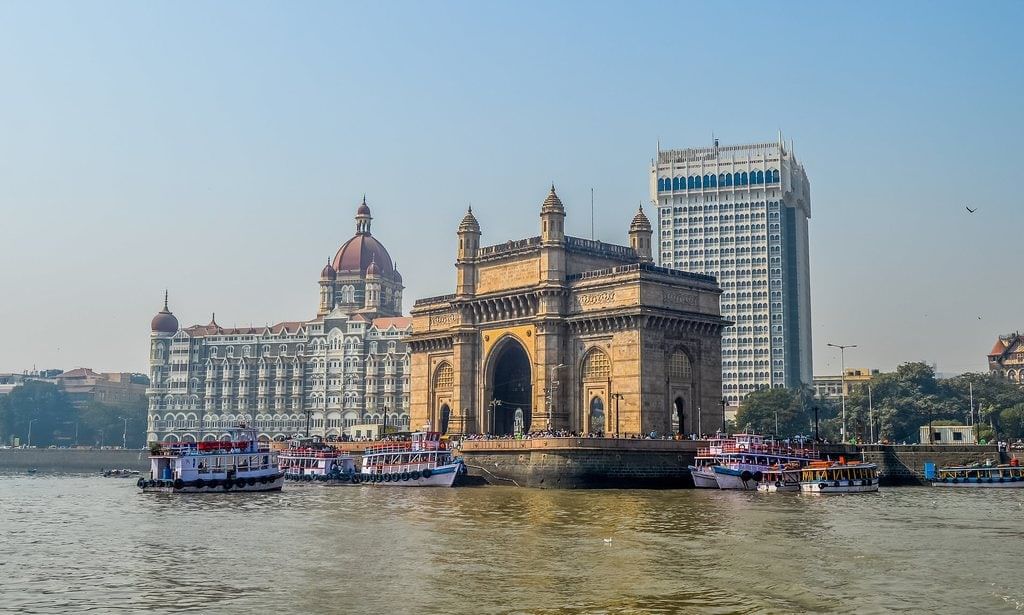
Context
- The restored and refurbished Chhatrapati Shivaji Maharaj Vastu Sangrahalaya (CSMVS) (erstwhile Prince of Wales Museum) will open this month as the building enters its centenary year.
About George Wittet
- George Wittet was born in Blair Atholl, Scotland. He studied architecture in Perth, Scotland, and worked in Edinburgh and York before arriving in India in 1904.
- In India, he became assistant to John Begg, consulting architect to the Government of Bombay.
- Together, they pioneered the Indo-Saracenic style, using it in many government and public buildings across Bombay.
- About a decade later, Wittet rose to be consulting architect himself and was also elected as the first president of The Indian Institute of Architects.
- Besides the Prince of Wales Museum, Wittet also designed the Gateway of India, a fine example of Indo-Saracenic architecture and among the most identifiable landmarks of Mumbai.
About Indo-Saracenic style
- The Indo-Saracenic style was promoted by British architects starting from the late 19th century.
- It is exemplified by the use of elements seen in architecture across India, from Mughal structures to Hindu temples.
- The style was dominated by Indo-Islamic elements, but sometimes combined with Gothic and neo-classical elements popular in Britain at that time.
- Major features of the style include domes and domelets, chhattris, minarets, and open pavilions.
- Indo-Saracenic was seen as Raj’s efforts to promote “Indian” culture, so that their colonial subjects would view them more favorably, especially after the Revolt of 1857.
Notable monuments
- Examples from other parts of India include the magnificent:
- Victoria Memorial in Kolkata
- Amba Vilas Palace (Mysore Palace) in Mysuru
- Senate House (on the Madras University campus) in Chennai
- Secretariat Building (Central Secretariat) in New Delhi
Mumbai’s notable architecture: CSMVS
- The dome of the CSMVS is based on the Gol Gumbaz, the mausoleum of king Mohammed Adil Shah of Bijapur.
- Wittet had toured the historic buildings of Bijapur, which was key to his Indo-Saracenic designs.
- CSMVS’s finial is based on that of the Taj Mahal.
- However, even though he won the competition for the museum’s design, it wasn’t his design that was executed finally.
Census and NPR
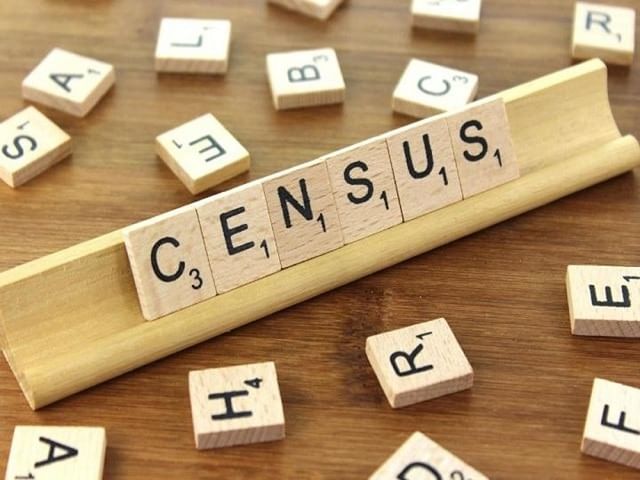
Context
- The first phase of the census and collection of details to update the National Population Register (NPR) have been postponed at least till September.
Mandatory requirements for Census
- Freezing of boundary limits of administrative units: Freezing of boundary limits of administrative units (boundaries of districts, sub-districts, tehsils, talukas, police stations etc.), at least three months prior, is a pre-requisite for conducting the census.
- For Census 2021, all the changes between January 1, 2010, i.e. after the date of freezing of boundaries for Census 2011 up to the date of freezing of boundaries for forthcoming exercise (presently up to June 30, 2022) are to be considered for finalising the administrative units.
About Census
- The census provides information on size, distribution and socio-economic, demographic and other characteristics of the country’s population.
- The Census was first started under British Viceroy Lord Mayo in 1872. It helped in framing new policies, government programs to uplift areas of improvement in the community.
- The first synchronous census in India was held in 1881. Since then, censuses have been undertaken uninterruptedly once every ten years.
Who conducts census?
- The responsibility of conducting the decennial Census rests with the Office of the Registrar General and Census Commissioner, India under the Ministry of Home Affairs, Government of India.
- The Census is one of the most credible sources of information on the following:
- Demography.
- Economic Activity.
- Literacy and Education.
- Housing & Household Amenities.
- Urbanization, Fertility, and Mortality.
- Scheduled Castes and Scheduled Tribes.
- Language.
Historical Significance
- ‘Rig-Veda‘ reveals that some kind of population count was maintained during 800-600 BC in India.
- Arthashastra by ‘Kautilya’ written in the 3rd Century BC prescribed the collection of population statistics as a measure of state policy for taxation.
- During the regime of the Mughal king Akbar, the administrative report ‘Ain-e-Akbari‘ included comprehensive data pertaining to population, industry, wealth and many other characteristics.
How is NPR different from Census?
- The objective of the NPR is to create a comprehensive identity database of every usual resident in the country and it is “mandatory for every usual resident of India to register in the NPR.”
- While similar data is collected through Census, according to Section 15 of the Census Act, 1948, all individual level information collected in Census is confidential and “only aggregated data are released at various administrative levels.”
- The NPR was first compiled in 2010 and updated in 2015 and it already has a database of 119 crore residents.
Who is a usual resident?
- A usual resident is defined for the purposes of NPR as a person who has resided in a local area for the past 6 months or more or a person who intends to reside in that area for the next 6 months or more.
Criticisms surrounding NPR
- Many Opposition-ruled States have opposed the updation of the NPR due to its link with the proposed National Register of Citizens (NRC) and the Citizenship Amendment Act (CAA).
- According to Citizenship Rules framed in the year 2003, NPR is the first step towards compilation of National Register of Indian Citizens (NRIC) or NRC.
Maharaja Paramhans Ji Shrine
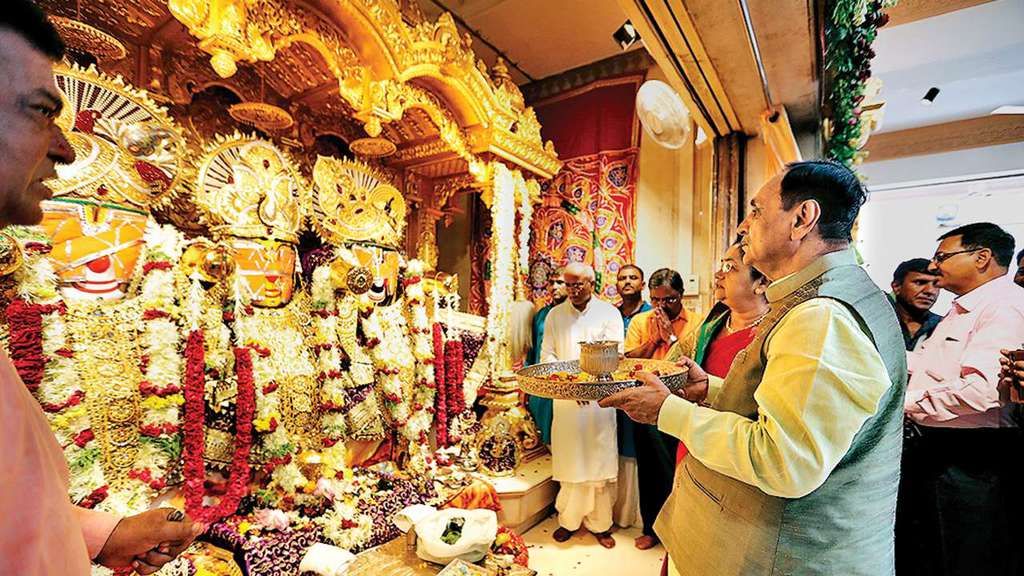
Context
- Over 200 Hindu pilgrims from India, the US and the Gulf prayed at the 100-year-old renovated Maharaja Paramhans Ji mandir in northwest Pakistan.
About Maharaja Paramhans Ji
- Born in 1846 in Chhapra (Bihar).
- His parents died when he was only five years old, and he was brought up by a Kayastha family.
- He was also known as Shri Paramhans Swami Advaitanand Ji Maharaj.
- He attained proficiency in Hindi, Sanskrit, Urdu, Arabic and Persian within a very short time.
- He did not take interest in worldly affairs and was rather inclined towards a life of asceticism.
- Teri became the main centre of Paramhans’s propagation of his faith.
- It was here that he founded his Paramhans Advaita sect.
- He breathed his last on July 10, 1919, at Teri.
- After partition, the main centre of his sect was shifted to Anandpur in Madhya Pradesh.
GS-II
India, Pakistan exchange list of nuclear installations, prisoners

Context
- India and Pakistan have exchanged a list of their nuclear installations that cannot be attacked in case of an escalation in hostilities, as part of an annual ritual that has been in practice between the two neighbours for more than three decades.
About Non-Nuclear Aggression Agreement
- The Non-nuclear aggression agreement is a bilateral and nuclear weapons control treaty between India and Pakistan, on the reduction (or limitation) of nuclear arms.
- Both pledged not to attack or assist foreign powers to attack on each others nuclear installations and facilities.
- The treaty was drafted in 1988, and signed by the PM Rajiv Gandhi and his counterpart Benazir Bhutto on 21 December 1988; it entered into force on January 1991.
- The treaty barred its signatories to carry out a surprise attack (or to assist foreign power to attack) on each other’s nuclear installations and facilities.
- Starting in January 1992, India and Pakistan have annually exchanged lists of their respective military and civilian nuclear-related facilities.
Need for the treaty
- In 1986-87, the massive exercise, ‘Brasstacks’ was carried out by the Indian Army, raising the fears of an Indian attack on Pakistan’s nuclear facilities.
- Since then, the Foreign ministries of both countries had been negotiating to reach an understanding towards the control of nuclear weapons.
Significance of the agreement
- The treaty barred its signatories to carry out a surprise attack (or to assist foreign power to attack) on each other’s nuclear installations and facilities.
- The treaty provides a confidence-building security measure environment.
Other: Sharing of Prisoners information
- Both nations do simultaneously share the list of prisoners in each others’ custody.
- These lists are exchanged under the provisions of the Agreement on Consular Access signed in May 2008.
- Under this pact, the two countries should exchange comprehensive lists on January 1 and July 1 every year (i.e. twice a year).
Padhe Bharat Campaign
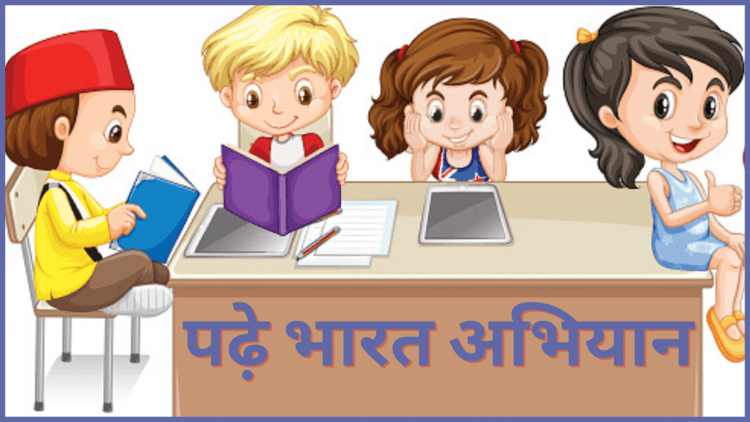
Context
- Recently, the Ministry of Education has launched a 100 days reading campaign 'Padhe Bharat' (1st January to 10th April 2022).
- 21st February, which is celebrated as International Mother Tongue Day, has also been integrated with this campaign in a view to promote the local language and culture of our society.
About Padhe Bharat Campaign
- The Campaign is in alignment with the National Education Policy (NEP) 2020, which emphasises on promotion of joyful reading culture for children by ensuring availability of age appropriate reading books for children in local/mother tongue/regional/tribal Language.
- The NEP 2020 aims at making “India a global knowledge superpower”.
- The NEP is only the third major revamp of the framework of education in India since independence. The two earlier education policies were brought in 1968 and 1986.
- It will focus on children studying in Balvatika to Grade 8.
- This campaign has also been aligned with the vision and goals of the Foundational Literacy and Numeracy Mission.
- It aims to have the participation of all stakeholders at the national and state level including children, teachers, parents, community, educational administrators etc.
International Mother Tongue Day
- UNESCO declared 21st February as International Mother Language Day in 1999 and the World has been celebrating the same since 2000. The day also commemorates a long struggle by Bangladesh to protect its mother language Bangla.
- The resolution to mark 21st February as the International Mother Language Day was suggested by Rafiqul Islam, a Bangladeshi living in Canada. He proposed the said date to commemorate the 1952 killings in Dhaka during the Bangla Language Movement.
- The initiative is aimed at preserving and promoting mother languages. The aim is to protect the diverse culture and intellectual heritage of different regions of the world.
Punishing Hate Speech

Context
- A recent religious conclave has witnessed inflammatory and provocative speeches by some religious proponents hinting at a Myanmar-type ‘minority cleansing campaign’.
About Hate Speech
- There is no specific legal definition of ‘hate speech’.
- The Law Commission of India, in its 267th Report, says: “Hate speech generally is an incitement to hatred primarily against a group of persons defined in terms of race, ethnicity, gender, sexual orientation, religious belief and the like …
- Thus, hate speech is any word written or spoken, signs, visible representations within the hearing or sight of a person with the intention to cause fear or alarm, or incitement to violence.”
- In general, hate speech is considered a limitation on free speech that seeks to prevent or bar speech that exposes a person or a group or section of society to hate, violence, ridicule or indignity.
How is it treated in Indian law?
- Provisions in law criminalize speeches, writings, actions, signs and representations that foment violence and spread disharmony between communities and groups and these are understood to refer to ‘hate speech’.
- Sections 153A and 505 of the Indian Penal Code are generally taken to be the main penal provisions that deal with inflammatory speeches and expressions that seek to punish ‘hate speech’.
- [I] Section 153A
- Promotion of enmity between different groups on grounds of religion, race, place of birth, residence, language, etc., and doing acts prejudicial to maintenance of harmony’, is an offence punishable with three years’ imprisonment.
- [II] Section 505
- 505(1): Statements conducing to public mischief
- The statement, publication, report or rumour that is penalized under Section 505(1) should be one that promotes mutiny by the armed forces, or causes such fear or alarm that people are induced to commit an offence against the state or public tranquillity.
- This attracts a jail term of up to three years.
- 505(2): It is an offence to make statements creating or promoting enmity, hatred or ill-will between classes.
- 505(3): Same offence will attract up to a five-year jail term if it takes place in a place of worship, or in any assembly engaged in religious worship or religious ceremonies.
What has the Law Commission proposed?
- The Law Commission has proposed that separate offences be added to the IPC to criminalize hate speech quite specifically instead of being subsumed in the existing sections concerning inflammatory acts and speeches.
- Inserting two sections
- It has proposed that two new sections, Section 153C and Section 505A, be added.
- Section 153C
- It is an offence if anyone-
- Uses gravely threatening words, spoken or written or signs or visible representations, with the intention to cause fear or alarm OR
- Advocates hatred that causes incitement to violence, on grounds of religion, race, caste or community, sex, gender identity, sexual orientation, place of birth, residence, language, disability or tribe
- Section 505A
- It proposes to criminalize words, or display of writing or signs that are gravely threatening or derogatory, within the hearing or sight of a person, causing fear or alarm or, with intent to provoke the use of unlawful violence against that person or another”.
- Imprisonment
- Section 153C: two-year jail term for this and/or a fine of ₹5,000 or both
- Section 505A: prison term of up to one year and/or a fine up to ₹5,000
- Other committees’ recommendations
- Similar proposals to add sections to the IPC to punish acts and statements that promote racial discrimination or amount to hate speech have been made by the M.P. Bezbaruah Committee and the T.K. Viswanathan Committee.
- At present, the Committee for Reforms in Criminal Laws, which is considering more comprehensive changes to criminal law, is examining the issue of having specific provisions to tackle hate speech.
Why regulate hate speech?
- Creates social divide: Individuals believe in stereotypes that are ingrained in their minds and these stereotypes lead them to believe that a class or group of persons are inferior to them and as such cannot have the same rights as them.
- Threat to peaceful co-existence: The stubbornness to stick to a particular ideology without caring for the right to co-exist peacefully adds further fuel to the fire of hate speech.
Issues in regulating hate speech
- Powers to State: Almost every regulation of speech, no matter how well-intentioned, increases the power of the state.
- Hate speeches are Political: The issue is fundamentally political and we should not pretend that fine legal distinctions will solve the issue.
- Legal complications: An over-reliance on legal instruments to solve fundamentally social and political problems often backfires.
What lies ahead?
- Subjects like hate speeches become a complex issue to deal with, in a country like India which is very diverse, as it was very difficult to differentiate between free and hate speech.
- There are many factors that should be considered while restraining speeches like strong opinions, offensive comments towards certain communities, the effect on values like dignity, liberty and equality.
- We all have to work together and communicate efficiently for our country to be a healthy place to live in.
GS-III
24th Financial Stability Report: RBI
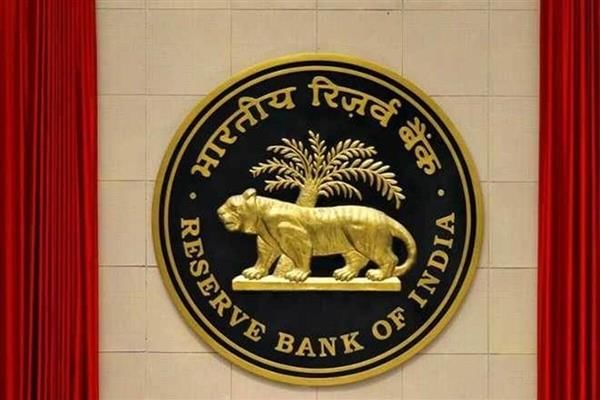
Context
- Recently, the Reserve Bank of India released the 24th issue of the Financial Stability Report (FSR).
Major Highlights
- Resurfacing COVID-19 infections
- Global economic recovery has been losing momentum in the second half of 2021 in the face of resurfacing COVID-19 infections.
- Supply disruptions and bottlenecks, elevated inflationary levels and shifts in monetary policy stances and actions across advanced economies and emerging market economies.
- Progress of vaccination
- On the domestic front, progress in vaccination has enabled the recovery to regain traction after the debilitating second wave of the pandemic,
- The corporate sector is gaining strength and bank credit growth is improving.
- Capital to risk-weighted assets ratio (CRAR)
- The capital to risk-weighted assets ratio (CRAR) of scheduled commercial banks (SCBs) rose to a new peak of 16.6 percent and their provisioning coverage ratio (PCR) stood at 68.1 per cent in September 2021.
- Gross Non-Performing Asset (GNPA)
- Macro stress tests for credit risk indicate that the gross non-performing asset (GNPA) ratio of SCBs may increase from 6.9 per cent in September 2021 to 8.1 per cent by September 2022 under the baseline scenario and to 9.5 per cent under a severe stress scenario.
- SCBs would, however, have sufficient capital, both at the aggregate and individual levels, even under stress conditions.
- Financial institutions in India
- They have remained resilient amidst the pandemic and stability prevails in the financial markets, cushioned by policy and regulatory support.
- Levels of risks
- There are five levels of risks — very high, high, medium, low and very low.
- For India, the main sources of risks are commodity prices, domestic inflation, equity price volatility, asset quality deterioration, credit growth and cyber disruptions.
Recommendations
- The report called for close monitoring of stress in stress in micro, small and medium enterprises (MSME) as also in the microfinance segment going forward.
- PSBs have to partake in certain mandated lending programmes — for example, self-help groups (SHG), Kisan credit card (KCC) — as also education loans (domestic).
- RBI, however, warned non-banking financial firms and urban co-operative banks to be mindful of frailties on the liquidity front and ensure robust asset-liability management, apart from improving the quality of their credit portfolios.
- Stress tests showed “a significant number of NBFCs would be adversely impacted in the event of liquidity shocks.
Global shortage of Semiconductor Chips

Context
- Worldwide carmakers have slashed production due to an abrupt and cascading shortage of semiconductors.
About Semiconductor Chips
- Semiconductors — also known as integrated circuits (ICs), or microchips — are most often made of silicon or germanium, or a compound like gallium arsenide.
- It’s the thing that makes electronic items smart and faster.
- Made from a material, usually silicon, that “semi-conducts” electricity, the chip performs a variety of functions.
- Memory chips, which store data, are relatively simple and are traded like commodities.
- Logic chips, which run programs and act as the brains of a device, are more complex and expensive.
Reasons for shortages
- Stay-at-home shift: This pushed chip demand beyond levels projected before the pandemic. Lockdowns spurred growth in sales of smartphones, laptops etc to the highest in a decade
- Fluctuating forecasts: Automakers that cut back drastically early in the pandemic underestimated how quickly car sales would rebound.
- Stockpiling: Chinese smartphone industry dominates the global market for 5G networking gear — began building up inventory to ensure it could survive US sanctions.
How is the chip crisis playing out in geopolitics?
- The global chip crisis and geopolitical tensions with China have shifted focus back on semiconductors.
- The US, which was once a leader in chip manufacturing, wants the crown back.
- The protectionist US is looking to bring manufacturing back to America and reduce its dependency on a handful of chipmakers mostly concentrated in Taiwan and South Korea.
- China’s renewed aggression on Taiwan is also being seen in light of the chip crisis.
Impact of semiconductor shortages
- Chip shortages are expected to wipe out $210 billion of sales for carmakers this year, with the production of 7.7 million vehicles lost.
- Broadband providers were facing delays of more than a year when ordering internet routers.
Why is it so hard to compete?
- Manufacturing advanced logic chips requires extraordinary precision, along with huge long-term bets in a field subject to rapid change.
- Plants cost billions of dollars to build and equip, and they have to run flat-out 24/7 to recoup the investment.
- A factory also consumes up enormous amounts of water and electricity and is vulnerable to even the tiniest disruptions, whether from dust particles or distant earthquakes.
|
844 docs|613 tests
|
FAQs on UPSC Daily Current Affairs- January 3, 2022 - Current Affairs: Daily, Weekly & Monthly - CLAT
| 1. What are the three general studies papers in the UPSC exam? |  |
| 2. What is the UPSC Daily Current Affairs? |  |
| 3. What is the significance of frequently asked questions (FAQs) in the UPSC exam? |  |
| 4. How can I ensure that my frequently asked questions (FAQs) are most likely to be searched? |  |
| 5. What level of complexity should frequently asked questions (FAQs) and their answers have in relation to the article or exam? |  |

|
Explore Courses for CLAT exam
|

|

















